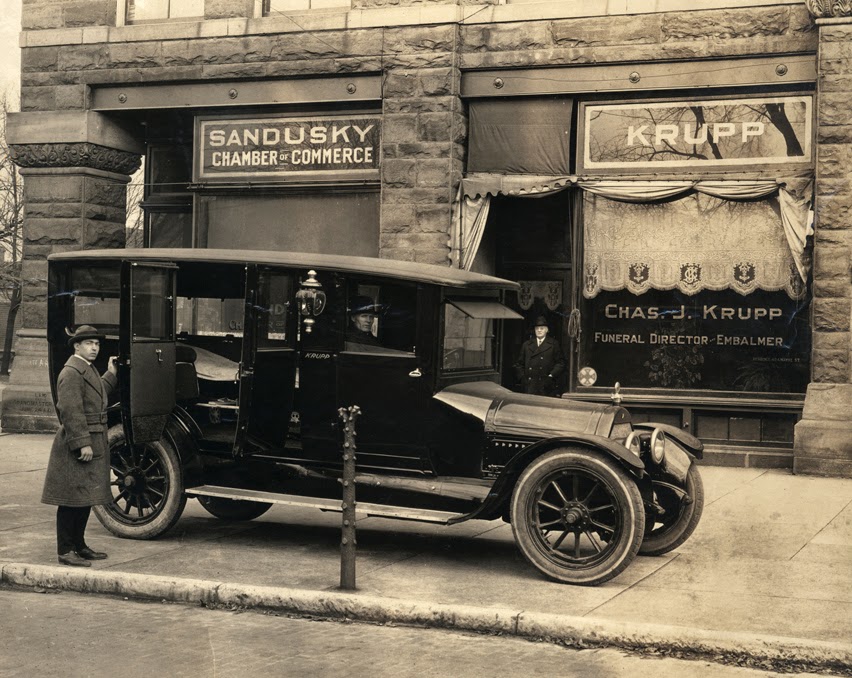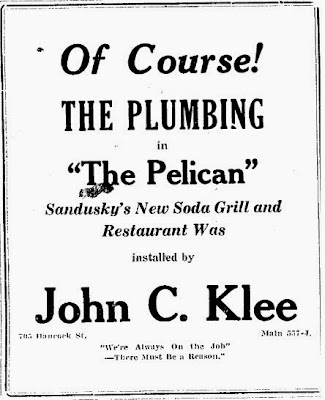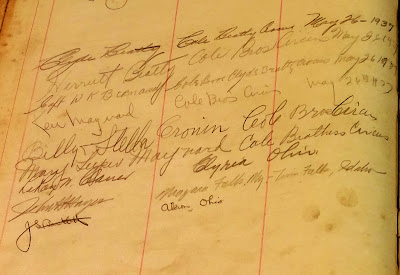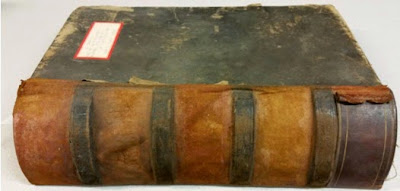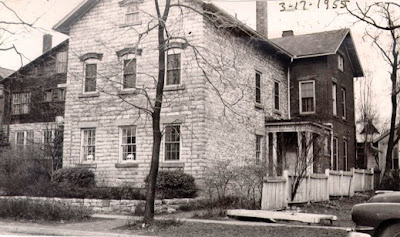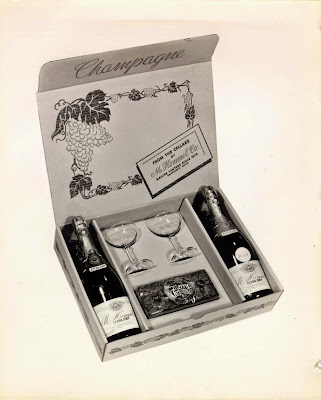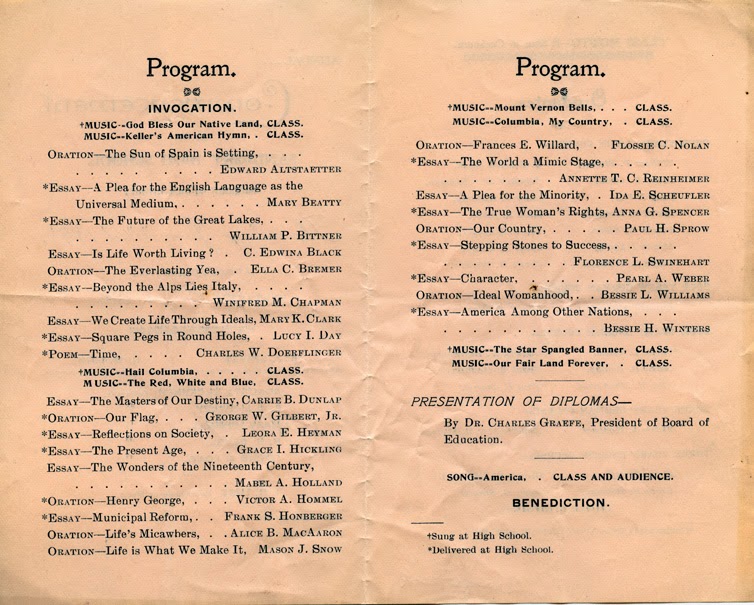The Schade Theatre in Sandusky opened in the 200 block of West Market Street in 1915 as the Alhambra Theatre. An article in the December 19, 1915 issue of the Star Journal reported that the “motion picture palace” cost a total of $100,000. George J. Schade was the owner of the theatre.
H.C. Millot was the architect, and the building contractor was Feick and Company. According to the Star Journal,“It can be stated truthfully that not a city of Sandusky’s size in the country, and few of the larger ones can boast of so beautiful a movie play-house.” Seating capacity on the main floor was 700, with a balcony that seated 50 more individuals. Special attention was paid to the lighting and acoustics. By the fall of 1916, the theater was known as the Schade Theatre. Until the late 1920s, the films were all silent. Mr. Schade advertised heavily in the Star Journal. He wrote a column known as “Schad–E Tips” which promoted the films that were being shown in the theater. In the summer of 1916, a theater organ known as the Hope-Jones Unit Orchestra provided musical entertainment for the theater.
The theater organ could simulate the sounds of orchestra music with just one musician. By the fall of 1930, and continuing through the 1960s, the Schade Theatre became known as Warner’s Ohio Theatre, under the proprietorship of Warner Brothers.
The marquee of the Ohio Theatre is visible in this picture of Market Street from the 1930s.
In March of 1940, the movie Young Tom Edison, starring Mickey Rooney, played for ten days at the Ohio Theatre. This was of particular interest to area residents, since Thomas Edison was born in nearby Milan, Ohio. Love Story played in Sandusky exclusively at the Ohio Theatre in Feburary of 1971. By the late 1970s, the Ohio Theatre was operating as an adult theatre. The Ohio Theatre closed in 1979, and eventually the building was razed.
For more information about local theaters, see the Sandusky Registercolumn “Market Street Was Movie House Mecca” by Ron Davidson, or visit the Sandusky Library Archives Research Center. Several archival boxes are devoted to the history of arts and entertainment in Sandusky.





































